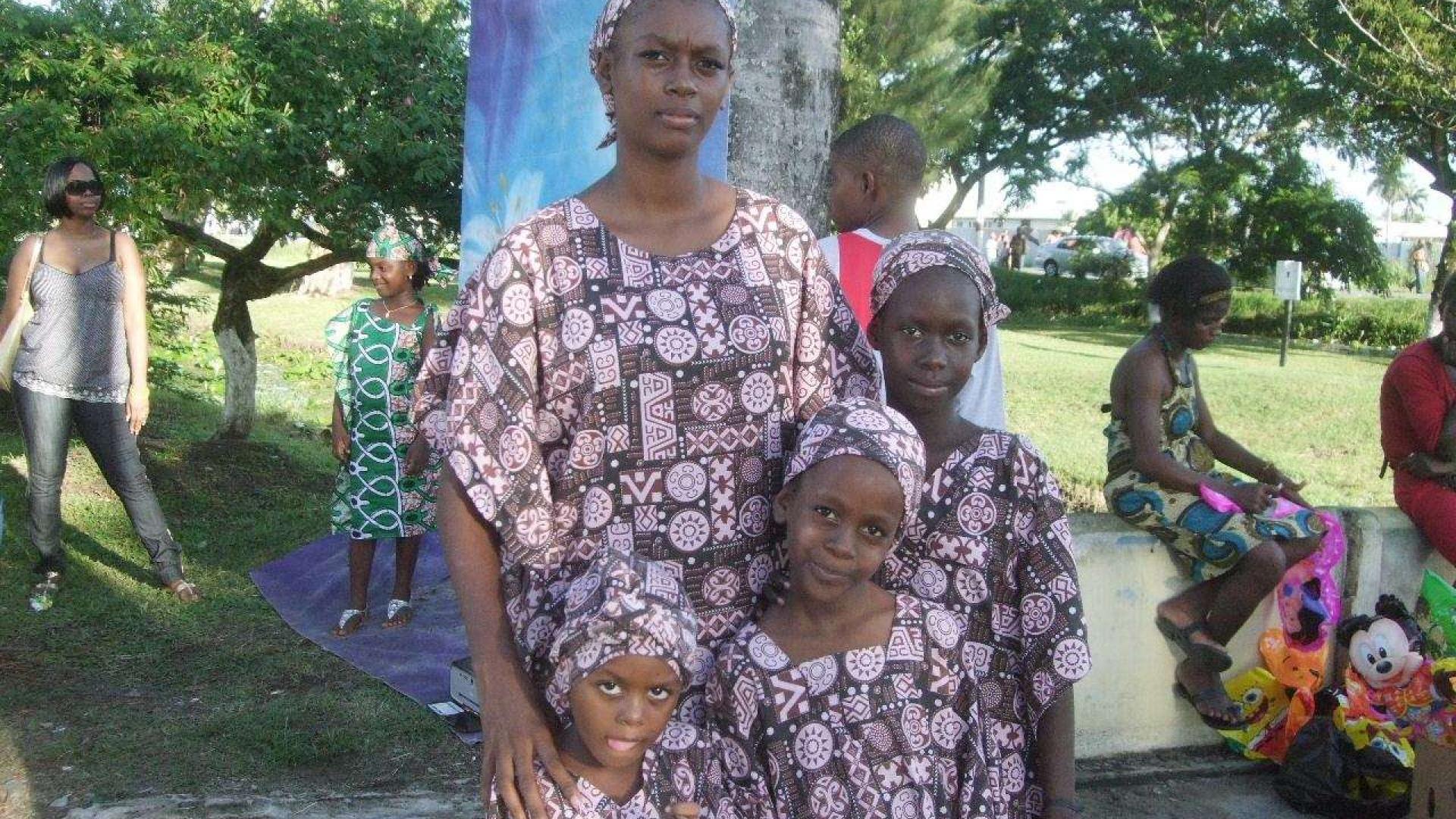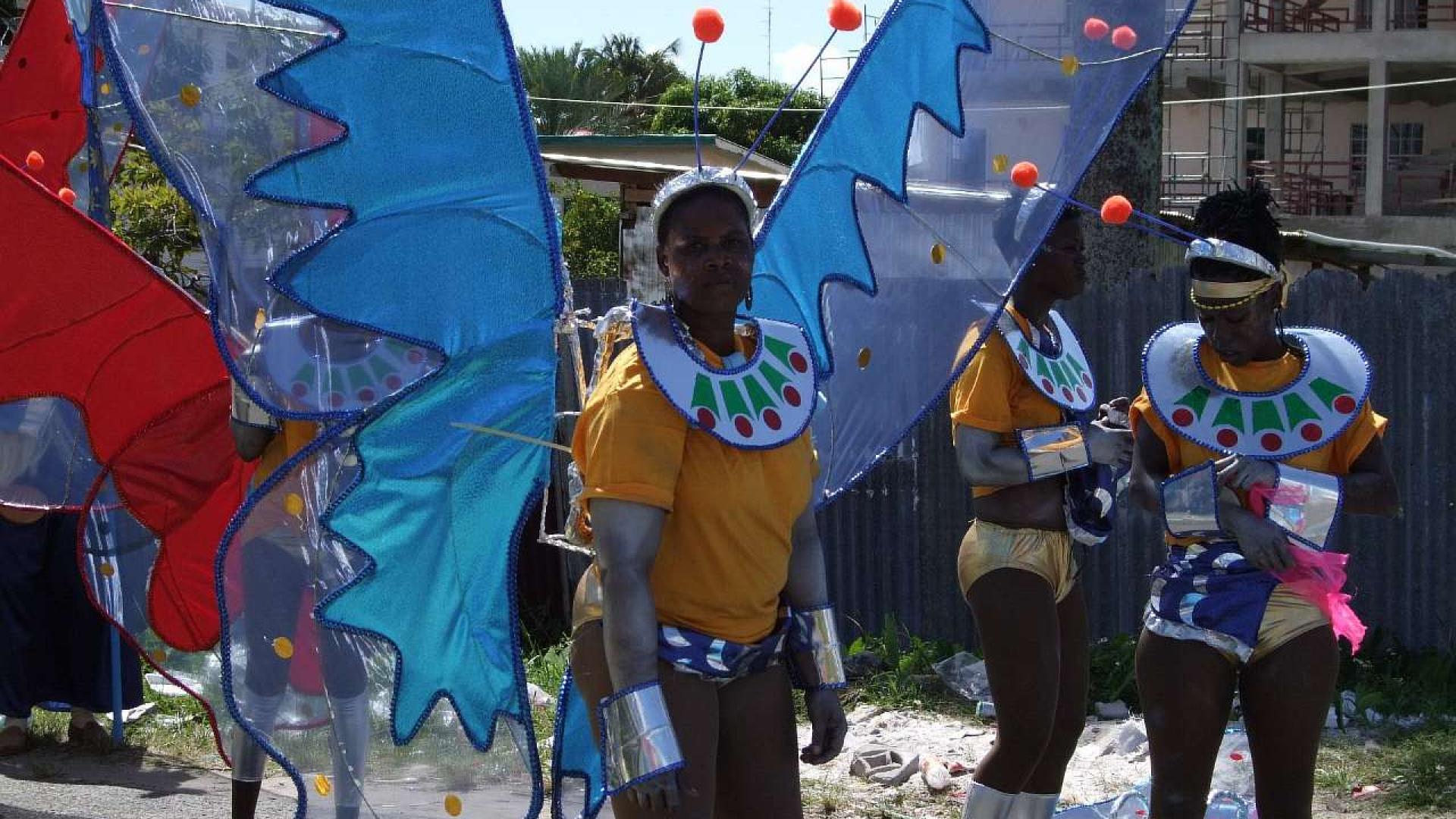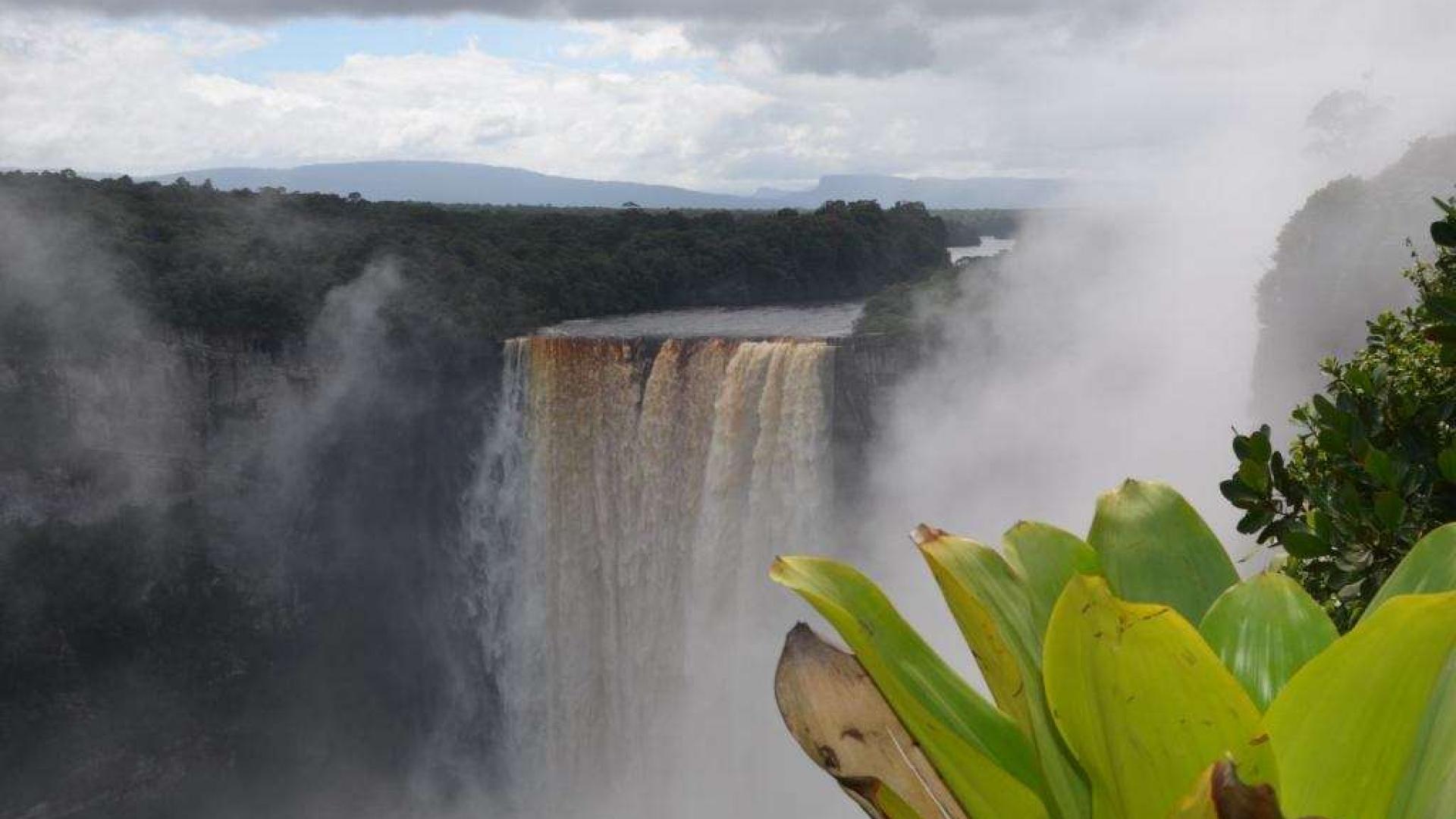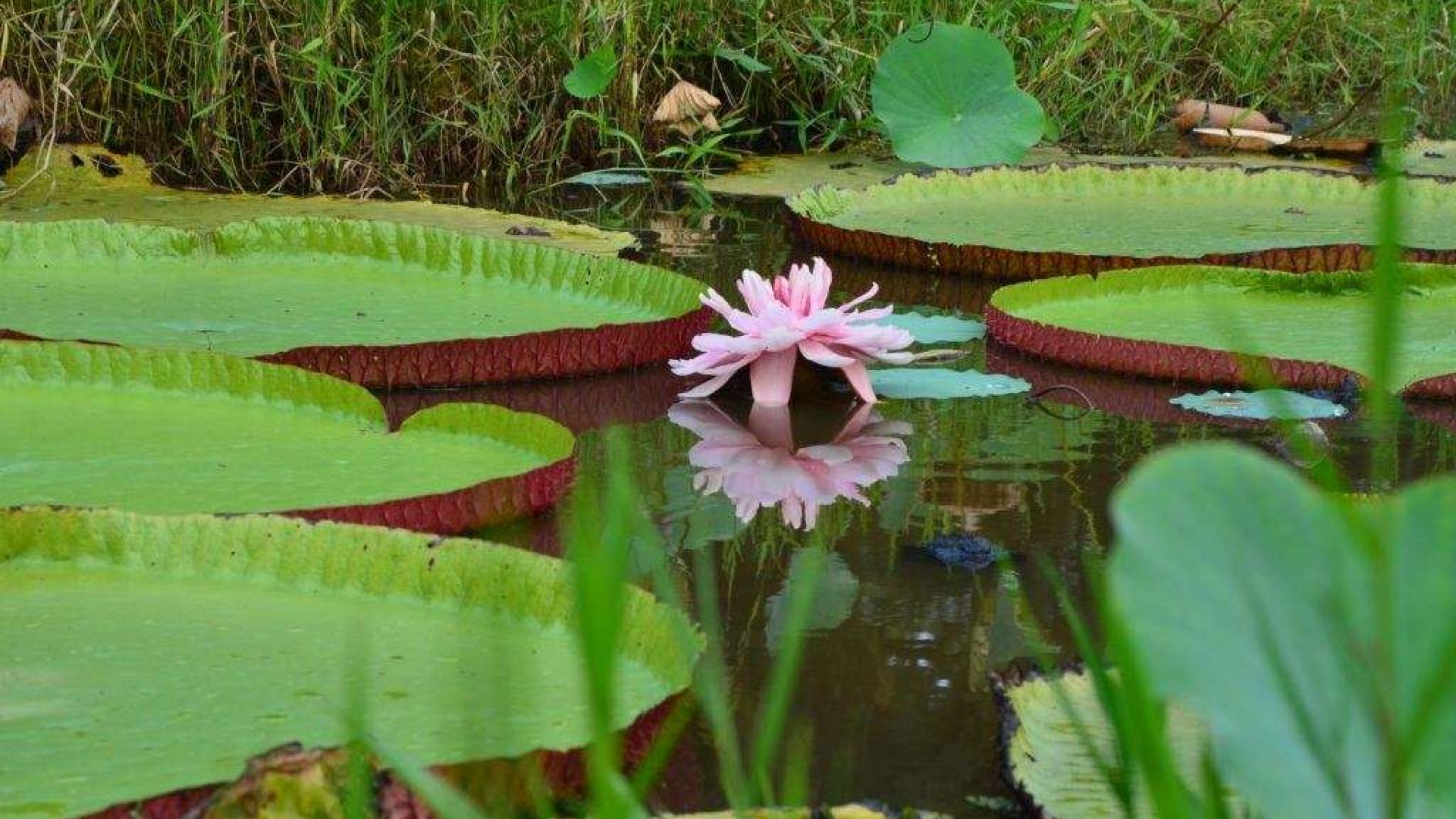Guyana Heritage Museum
The background is this: more than twenty years ago gayanets European origin (a descendant of the Portuguese and the island of Madeira), Harry Cerrado moved from Guyana to London. Homesickness was so strong that he began to collect everything that reminded him of Guyana away from home - books, maps, postcards, different things. As a result, on his return to Guyana after 20 years of residence in the UK, at his home Harry organized the Historical Museum of Guyana Heritage Museum. By construction, the house was very different from Harry standing next to a typical two-storey buildings Guyanese, and looked like a fortress - two spolovinoy times wider and two floors above with a large balcony and an observation deck on top.
Since I left on Sunday, during the administration of Georgetown was an internal concern that the museum will be closed, as on this day usually Guyanese dress up and go to church. Entering the courtyard of the house Harry, I realized that opasaniya were in vain, as it was written on the wall of the museum is open daily from 7.00 am to 17.00, every day. Lowering the backpack to the ground, barely reached out and pulled the rope the old bell. A few minutes after the deafening ringing the door opened a man more like a gnome than a typical Guyanese - European appearance, with excellent English, and sky blue eyes.
- Good afternoon. Come in, - he said affably. - Go up to the observation, and from there you can see the ocean, an island at the mouth of Leguan Essekeybo and East Coast Essekeybo and West Bank Demerara. When look down and I will hold you to a tour of the museum.
Walking up the spiral staircase to the last, fifth floor, and enjoy plenty of local scenery, I went down to the third floor, where there were huge boxes full of books, shelves, Danish, bottles, containers for fish, telephones, postcards, old core, old dishes, and more is the number of such items, which only can be collected only very yearning for the homeland.
Moving from room to room, showing various Harry predmenty (it's hard to call ekspanatami by analogy with the usual items in the museum where they stand as a mummy in a glass and sadly contemplate those who came to see them) - that poplovokoobraznye demerarskie water bottles and wine, they did so that during transportation of wine is not dried up and not crumbled cork, so the grinder - like our meat grinders, which asked for a coin in the shops. to grind coffee beans, so the old bottles of Coca-Cola's Indian pottery from the interior of Guyana - the gray and brown pots with a mixture of limestone for the Indians of western Guyana, and sculptural images of frogs and lizards, these pots are generally used as a funerary vessel for burial, that African masks, carved statues, sealed by massive rings, crescents with cylindrical handles perpendikulyrnymi to work on sugar plantations ... and again the book, photo albums, massive Indian bracelets Bangui, embroidered fabric of East Indian and jewelry.
In the next room lined with books on the basic Guyana - documentaries, historical, literary, travel guides, as well as stamps, postcards, old black and white photographs of different periods, traditional ornaments people Makuch (central Guyana, the region 8, Vai Vai, Region 9, and other .) Books can not only watch but also to read, with prior permission from the owner, if you have time and desire to stay longer than just a tour of. In a separate room, with special lighting, Harry kept the old maps of Guyana and the northern coast of South America, as well as prints. The oldest map in the collection is dated 1633 year. The engravings depict Native American villages (Annai, Region 8), as well as scenes from the life of Georgetown 18-19 century.
- In those days, men are watching them, as in British Guiana was a shortage of women, so every time before you came to the ship with new people, and he came every 2-6 months, they carefully shave, dress up, and tried to attract attention to newly arrived women to get himself a wife - Gary says, pointing to flashy cufflinks, metal cases for Matchbox, glasses, monocle, watch the time. - If the attempt to become acquainted not ended unsuccessfully, the day ended in the shop where they sold rum.
While we were talking about Guyana literature, we passed by several local and accurate enough comely young men and women. - Going to the pool? - Harry asked them - good luck. But before that, I would like to ask you to be present at our traditional event. - Now, we will ask you to do what we usually ask all posetiley museum - he turned to me already. - Until there was only one accident when one of the Canadians dropped nucleus, and struck the floor, but all other vobschem cope. So what? - His voice was added solemnity - we will ask you to take and carry the cannonball ....! Guyanese stopped in front of me, I stood next to Harry, waiting for me in his arms dipped a lump of metal, and I bend under his weight to the floor, bend like a hero cartoon, dragging an anvil or something more serious. However, the core was cleverly disguised nut that has amused and delighted with Guyanese, Harry and me as strange.
On this tour ended, and then we went down to a leisurely conversation about Guyana, about how Harry kolletsiyu collected and how people came to see him. I told him that I was going to get to the Charity to catch the weekly market. - Well, good thing - Harry nodded - but if you get stuck for whatever reasons, Charity, come back, because in addition to the museum, I have a separate floor for gostnitsu, mostly located here local who travel the country, or rest, or bekpekery from Europe. There is a swimming pool, laundry and all that stuff. In any case, successfully get to Charity. I thanked Harry, and went to the main road to catch a minibus to Wigs (№ 32 - 400 Georgetown - Parikia).
- Log in to post comments





